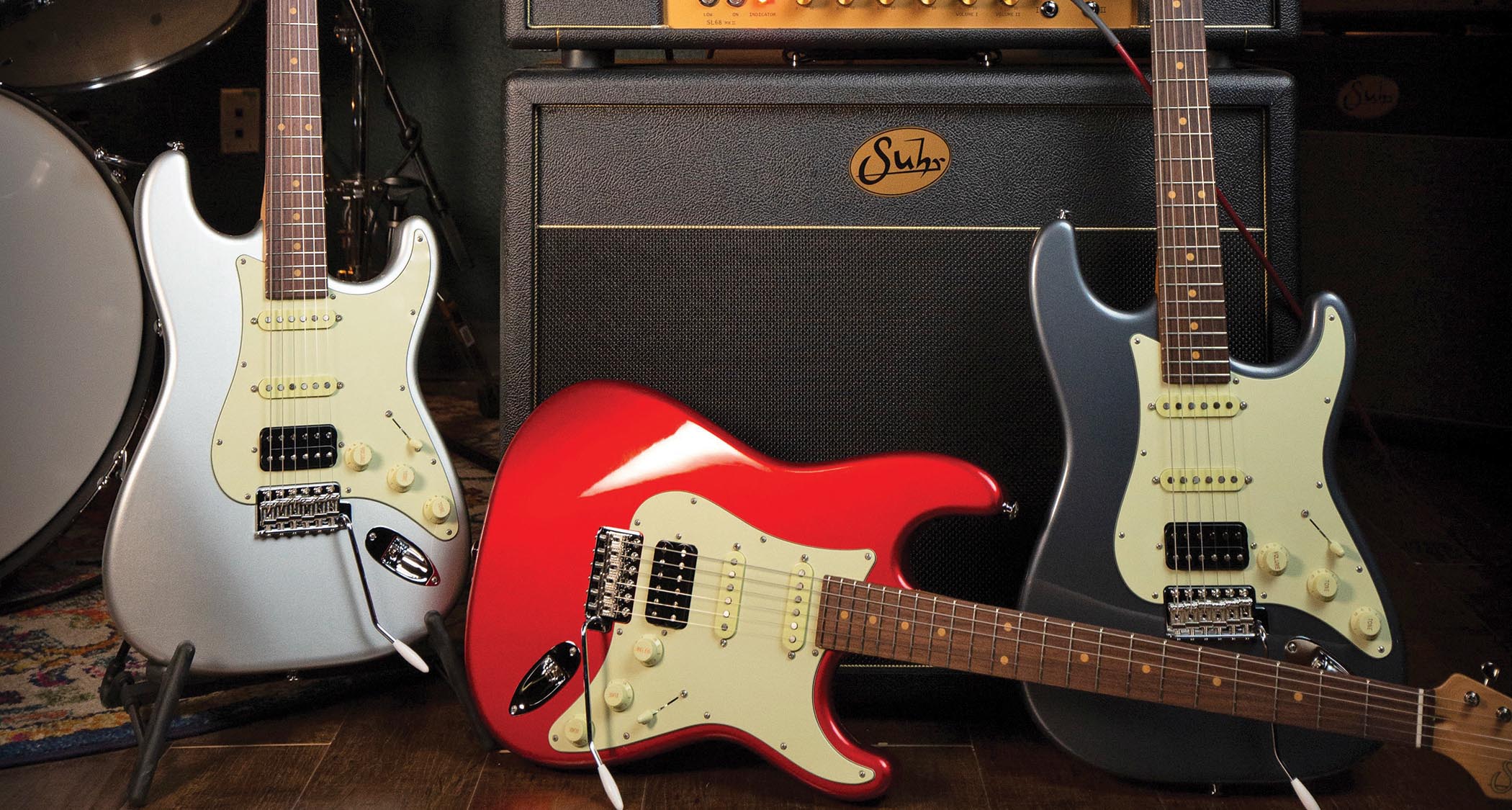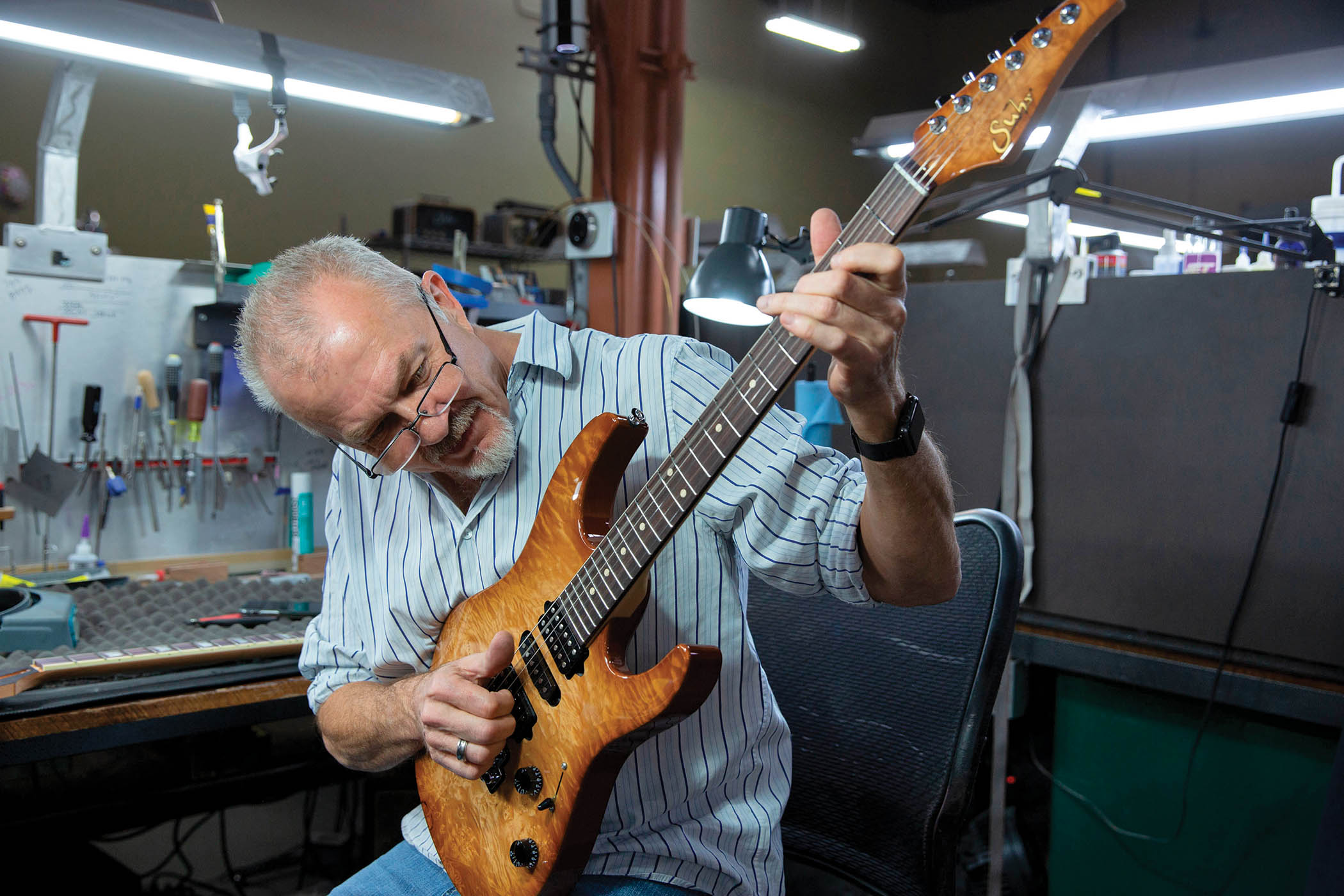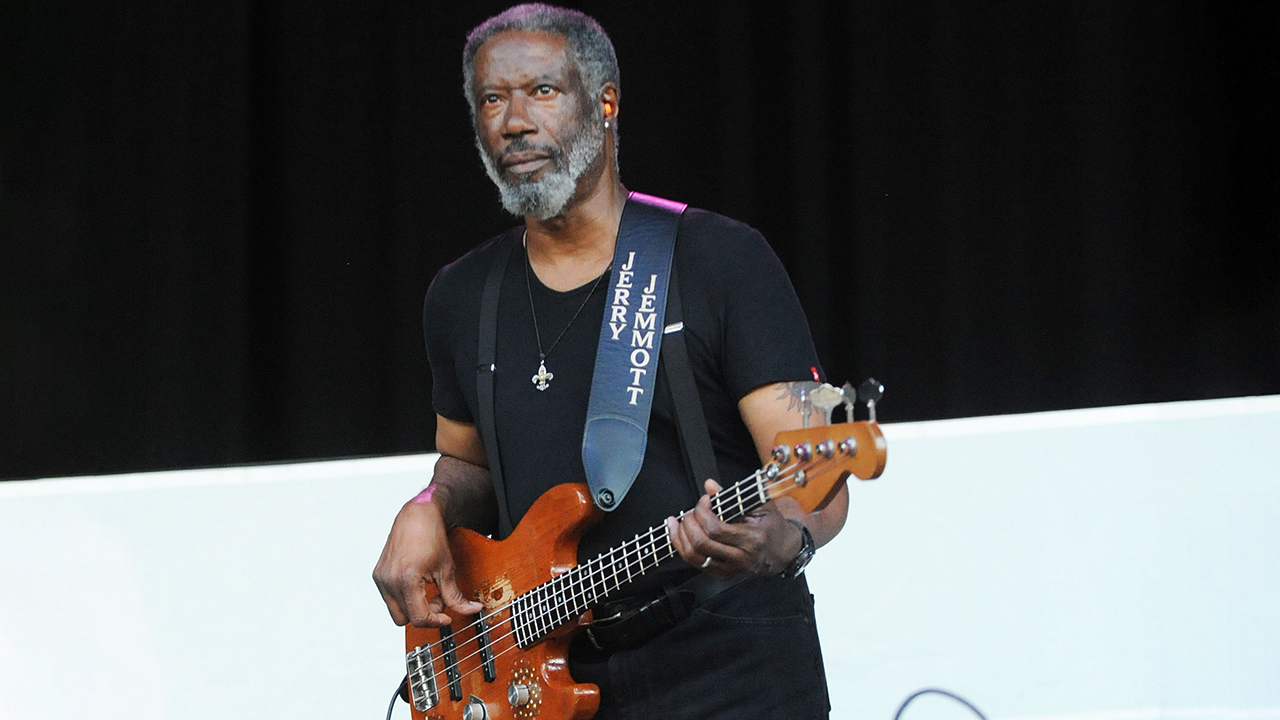“I moved over to Fender for a couple of years, learning a lot of history there – but also how I didn’t want to make a guitar”: How John Suhr built one of guitar’s hottest boutique brands
John Suhr knows a thing or two about tone. Hey, the guy oversaw repairs at Rudy’s Music in NYC, modded amps with Bob Bradshaw, became a Senior Master Builder and launched his own brand

Very few names in our industry command as much respect as John Suhr’s. His creations are widely considered to be world-beating manifestations of design and craft colliding at the highest possible level, sitting at the ultra-boutique end of guitar manufacturing.
As a result, he’s recruited some of the most respected names in the business as signature artists, from Guthrie Govan and Scott Henderson to Reb Beach and Mateus Asato. He’s even managed to infiltrate the world of pop; earlier this year at Coachella, Lady Gaga was seen playing one of his Classic T models.
Suhr was making a living as a cook in Manhattan when he got the opportunity to handle repairs at legendary NYC guitar shop Rudy’s Music. Eventually he started building his own instruments, which led to a stint at the Fender Custom Shop in the mid-’90s as a Senior Master Builder. Two years later, he launched his own company, and the rest is history.
Perhaps one of the most impressive things about Suhr’s wealth of knowledge is that it’s not limited to guitars; he’s also designed and produced pickups, pedals and amps, making him one of the most encyclopedic minds in the game, not to mention well-versed in all things tone.
Almost three decades on from launching Suhr Guitars, he’s rightly proud of how far he’s come as an independent builder. He’s also very excited about the road ahead.

Take us back to the beginning of your journey with guitars.
When I was racing, I’d be the guy who took his engine apart. If my parents had a hi-fi in the house, I’d take it apart. Nothing was safe
I used to race dirt bikes and then started playing guitar around 1973. I wasn’t satisfied with the way some of them played, especially Strats where the neck felt too narrow. I loved how those guitars sounded, but I didn’t like how the strings would fall off the fingerboard or the round radius meant certain notes would choke out.
All the latest guitar news, interviews, lessons, reviews, deals and more, direct to your inbox!
When I was racing, I’d be the guy who took his engine apart. If my parents had a hi-fi in the house, I’d take it apart. Nothing was safe. I just love seeing how things work.
I was totally into Brian May because of how the first Queen album shocked me. I loved all the phasey tones. That inspired me to learn more about how to create them. But my heart at that time was really just in playing.

How did you get into building and repairs?
I found this jazz-box maker called Bob Benedetto. I was just this 18-year-old kid who wanted a new neck – I wasn’t aware how famous he was. I wanted to apprentice for him. He said no, explaining that it’s a terrible business with a lot of work for little reward. He did, however, let me watch him make a guitar. In the end, he moved away, so I made a body and glued it together.
I took the guitar to someone for the inlays and when I got it back, I almost cried. The guy had butchered my guitar. It looked like a child had done it with a screwdriver. That was the day I decided, “Fuck this – nobody is touching my stuff again.” Later down the line, Rudy Pensa [of Rudy’s Music] gave me a chance, and I started off doing repairs in a little boiler room. That quickly expanded onto the other floors.

You worked at the Fender Custom Shop for a while. What did you learn there?
By this point, I’d started modifying Marshalls and building racks. I made one for Bob Bradshaw and did some Custom Audio stuff with him, like the OD-100. Eddie Van Halen used the CA3+ on For Unlawful Carnal Knowledge. After two years of working with Bob, doing mods for people like Steve Lukather, Reb Beach, Doug Aldrich and Mike Landau, I was missing guitars.
My wife got pregnant and I needed job security, so I moved over to Fender for a couple of years, learning a lot of history there – but also how I didn’t want to make a guitar. My ideas were a bit different. I broke away from Fender and started this company in 1997.
What are your best-selling models?
I really don’t know. The old Fender shapes are still popular. The Mateus Asato models do well, but all of my guitars have the same kind of flavor and do pretty well. I’m at a point in my life where I’m not going to talk anybody into anything. I let people choose what they want. That’s the beauty of a custom build.
Sometimes the artist sells the guitar, but I like a guitar to sell itself. The exact model doesn’t matter as much as people think. Some of us, including myself, can get a little neurotic in our passion and chase.
I’m not trying to shoot myself in the foot here, but you don’t need the same instrument as someone else to achieve the same response and tone. I’d actually argue the speakers in your amp are more important than your pickups.
What do you think makes you different from other builders?
Steve Stevens paid me a nice compliment once. He said he’d order a guitar and record with it right away, knowing it would be correct right out of the box
I’m a bit “cradle to the grave” when it comes to tone. Maybe it comes from being a cook. I love making pizza, and sometimes people ask me for the recipe. I could tell you the exact amounts of flour, water and yeast, but you won’t make the same pizza. It takes 10,000 hours, just like anything else.
You might want garlic oil on your pizza; it might not be strictly Neapolitan, but it could taste great. I approach tone from the wood right through to the speaker. How long is the cable? What’s in front of the amp? Are there buffers? What kind of effects loop does the amp have? There are different parameters.
Building racks taught me all this. If you don’t understand the complete signal path, you’re not going to be successful in making one part of it. Steve Stevens paid me a nice compliment once. He said he’d order a guitar and record with it right away, knowing it would be correct right out of the box. That made me happy.
Where do you see your company heading?
It’s exciting that Pete Thorn is playing my guitars and amps on stage with Steve Vai and Joe Satriani
My son Kevin is a brilliant engineer who is heading up all the pedals and DSP [digital signal processing]. I’m teaching him about guitars because I want a successor, obviously. It’s exciting that Pete Thorn is playing my guitars and amps on stage with Steve Vai and Joe Satriani.
We’re working on a flagship 50-watt amp that should be in his hands by the next NAMM Show. We’ve been doing some work with Lady Gaga and her guitar player, Tim Stewart. There’s something on the electronics side coming out for Andy Timmons and Big Wreck’s Ian Thornley, both phenomenal players. We’re always seeking the next guy or girl, but we’re not trying to make the artist side huge.
But you’re still a custom shop, right?
We don’t make as many guitars as Fender. What they do in a day is what we do in a month. We’re still small – bigger than we used to be but still small. We never changed the quality. I will not grow at the expense of quality. If anything, I want the quality to increase. That’s very important to us.
- Find out more at Suhr Guitars.
- This article first appeared in Guitar World. Subscribe and save.
Amit has been writing for titles like Total Guitar, MusicRadar and Guitar World for over a decade and counts Richie Kotzen, Guthrie Govan and Jeff Beck among his primary influences as a guitar player. He's worked for magazines like Kerrang!, Metal Hammer, Classic Rock, Prog, Record Collector, Planet Rock, Rhythm and Bass Player, as well as newspapers like Metro and The Independent, interviewing everyone from Ozzy Osbourne and Lemmy to Slash and Jimmy Page, and once even traded solos with a member of Slayer on a track released internationally. As a session guitarist, he's played alongside members of Judas Priest and Uriah Heep in London ensemble Metalworks, as well as handled lead guitars for legends like Glen Matlock (Sex Pistols, The Faces) and Stu Hamm (Steve Vai, Joe Satriani, G3).
You must confirm your public display name before commenting
Please logout and then login again, you will then be prompted to enter your display name.




